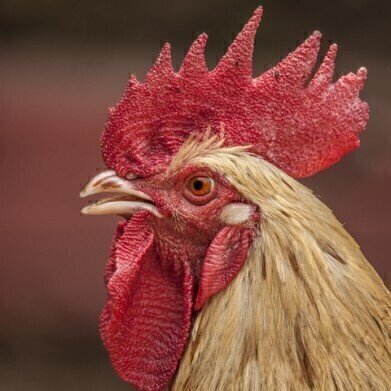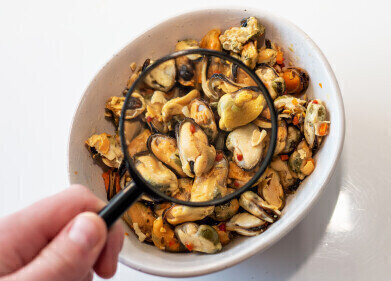GC-MS
Chicken Flavoured Malaria Pills — Chromatography Explains
Sep 02 2016
Half the world’s population is at risk of catching malaria, with sub-Saharan Africa bearing the brunt of malaria cases and deaths each year. The dominant vector in spreading malaria is the mosquito, with the species Anopheles arabiensis the main vector in sub-Saharan Africa.
An. Arabiensis feeds on humans and other animals both indoors and outdoors meaning control is difficult. The impact on the lives of millions of people worldwide ensures researchers constantly search for novel methods to protect humans. And a team has just published a paper that might point the way forward — and instead of taking malaria pills before you go on holiday in future a quick rub down with a chicken might be all that is needed.
Humans and cattle — but not chickens
One way of helping humans to reduce the risk of catching malaria is to find a way to either repel the mosquitos or to make yourself less attractive to them. They select their hosts primarily using olfaction — or to put it a non-scientific way — if you smell right, they’ll bite you.
To find out who, or what, mosquitos like to bite, the team collected mosquitos from three villages in Ethiopia. The common practice in the region is for livestock and people to share the living accommodation — so both livestock and humans would be available hosts indoors and outdoors for the mosquitos to feast on.
By analysing the blood inside the mosquitos the team found that they preferred feeding on humans indoors rather that outdoors but had an opposite preference for cattle — the most abundant host species in the villages — with a preference for biting cattle outdoors rather than indoors. Of most significance though, was the fact that mosquitos avoided feeding on chickens, despite their relatively high abundance. So what is it about chickens they don’t like?
Smell like a chicken
To find out what makes a chicken different the team used gas chromatography and electroantennographic detection (GC-EAD) to separate out the different molecules in host (human, cattle, sheep and goat) and non-host (chicken) smells (headspace). The GC-EAD system tells the analyst which molecules cause the mosquitos antenna to react.
The team then used gas chromatography and mass spectrometry to identify the molecules that caused a reaction in the mosquito’s antenna. The power of GC-MS is discussed in the article, Adding more Power to your GC-MS Analysis through Deconvolution. The team found eleven bio-active compounds in the headspace of the chicken samples, six were specific to the chickens only and they were able to identify four of the molecules. When tested in the field the chicken specific molecules significantly reduced the number of mosquitos caught in baited traps when compared with various controls.
The team have shown that non-host volatiles play a significant role in discriminating against chickens when it comes to mosquito feeding time — and it is suggested that a similar protocol could be used in providing human protection against mosquitos — now where is that chicken.
Digital Edition
Chromatography Today - Buyers' Guide 2022
October 2023
In This Edition Modern & Practical Applications - Accelerating ADC Development with Mass Spectrometry - Implementing High-Resolution Ion Mobility into Peptide Mapping Workflows Chromatogr...
View all digital editions
Events
Apr 28 2024 Montreal, Quebec, Canada
May 05 2024 Seville, Spain
May 15 2024 Birmingham, UK
May 19 2024 Brno, Czech Republic
May 21 2024 Lagos, Nigeria














